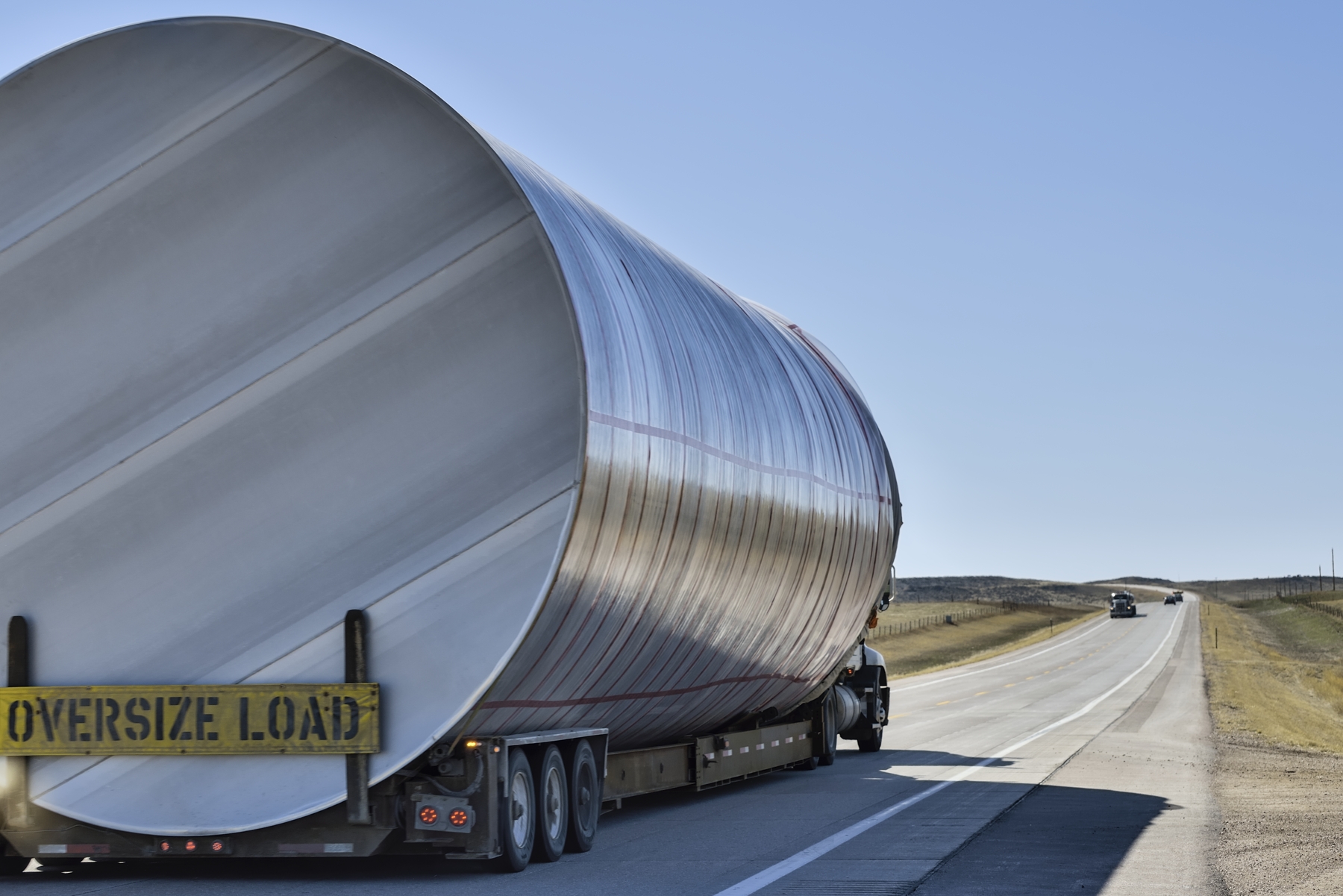
Transport companies transport vital goods and equipment across different the country. They run the risk of damaging the infrastructure or exposing other traffic users to safety risks. As such, the federal government and respective states have a collection of laws that govern the transport of over dimensional cargo. These rules cover permits, operating time, cargo dimensions, permit application procedure, and seasonal load restrictions.
Here are some key over dimensional cargo regulations to keep in mind.
Vehicle and load dimensions
Width
The maximum allowed width is 2.6m with a few exceptions, such as trucks carrying forest products with a maximum of 2.8 m, trucks carrying loose fodder, and road service trucks while moving to or from a road maintenance site.
Length
A single vehicle, including the load, should extend to a maximum of 12.5 meters. The exempted vehicles include a fire apparatus, semi-trailer, and articulated bus. A semi-trailer can extend up to 14.65 m. When the semi-trailer and vehicle combine, they have an allowance of 23 meters.
Weight
The maximum allowable weight is determined by the axle configurations and spacings that are set in each state. For instance, these are the over-dimensional cargo weight specifications applied in Alberta State.
- Single 20,020
- Tandem 37,200
- Tridem 46,200
- Steer 12,100
In cases where the vehicle weight exceeds the above specification, a movement permit becomes applicable.
Flags, signs, and lighting
If a vehicle dimension has exceeded the prescribed legal limits, it requires special flags and signs. On the other hand, it should have conspicuous signs when traveling at night.
Here is a breakdown of how they are applied.
Flashing beacon: A vehicle above 11′ requires a flashing beacon mounted on the head and another light on the rear if it’s not visible from behind.
Warning signs: A vehicle above 10′ should be accompanied by a front and rear ‘D’ or a ‘Wide Load Sign.’ Alternatively, you can use the ‘Overload Sign’ printed with an annual equipment permit above it.
Flags: In Alberta, any load that is 8’6” wide must be accompanied by a warning flag. The flag should be bright red or orange and not less than 40cm square and mounted on extremes of the load.
Permits
There are four types of permits available to transporters. They include annual, project, single trip, and special vehicle configuration permits. Each pass has set conditions and rules that officials rely on to revoke it.
Permit holders must always carry and produce it on demand to a police officer or other officials mandated with highway inspection. They are also liable for any damage caused to overhead wires, structures, highways, or railway right of way.
Let us help you move your over dimensional cargo
Moving bulk items or equipment requires large trucks and special considerations. Equally, there are corresponding rules that govern this sector. It’s crucial to find information and a trusted partner who will help you transport and comply with laws.
To that end, the ShipNorthAmerica Network is the ideal solution. Since, through our member companies, we provide a broad range of services in specialized freight movement. Visit our blog for more articles, news, and updates for the transportation industry. Alternatively, feel free to contact us for more information.
